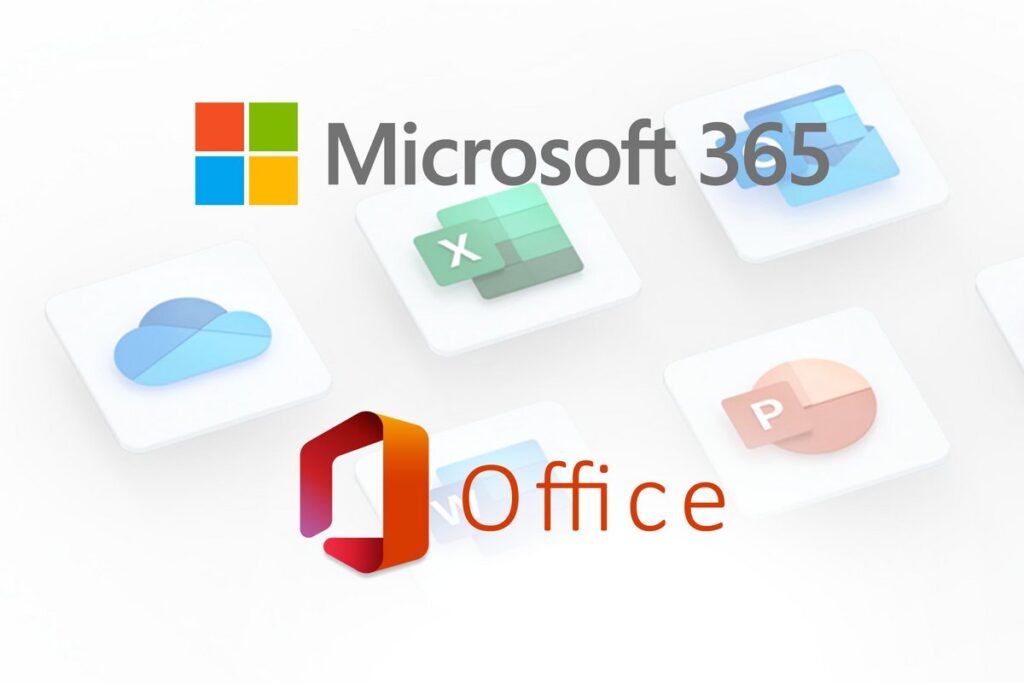Recognizing spam is fundamental to the security of your data.
Spam is an automated e-mail that is sent to your personal or professional e-mail address when you have not solicited any interest in it.
In this system, there is, on the one hand, the sender of the e-mail (the “spammer”) and, on the other hand, the action of “spamming”, which refers to the fact of sending the fraudulent and/or unwanted e-mail.
Find out how to recognize spam easily in order to better avoid it.
3 easy tips for recognizing spam
1-Identify the sender of the email
This is the first reflex to develop when you receive an e-mail from an unknown recipient. Of course, they are not all dangerous e-mails, but you can consider them as risky if the sender’s address :
Contains special characters;
Is written in a foreign language;
Ends with “.de”, “.hu” or “.it”.
To recognize spam, also consider checking the correlation between a clickable link and the Web address it leads to. Many spam or malicious messages are inconsistent in this respect.
If, for example, you receive an e-mail containing a URL to the https://staging.aikitech.ca/wp-content/uploads/2020/07/pexels-olya-kobruseva-7247408-684×1024-1-1.jpg site, take the time to compare the link it takes you to. Sometimes there are small subtle differences that tell you that the site is not the right one and could be fraudulent.

2- Analyze the subject of the message
If you are not sure whether the e-mail you have received is real “spam”, and you are hesitant to act on it, analyze the subject of the message carefully.
To recognize spam, consider checking :
The subject: is it a game? A contest? An advertisement for an attractive promotion? A reference for a payment to be validated?
The type: spam usually contains a lot of misplaced capital letters, inappropriate symbols or quotation marks that should not be there.
The subject of the e-mail: if the subject starts with “RE” or “IT” and you have never had an exchange before, it is certainly a malicious e-mail
Check the body of the email
There are some sure signs that you can recognize spam:
An email containing suspicious URL links or that redirects to unknown websites;
Bad grammar, spelling mistakes or a mixture of two different languages;
A message that promises a sum of money to be returned because of a contest or money transfer from a company.
So before clicking on a link or sending personal information, do some content analysis.
Spam to watch out for
In order to recognize spam, you also need to know the main types of spam that you might come across.
Aiki Informatique presents here the different types of spam that you could get in your emails.
Any questions on the subject? Please contact us.



